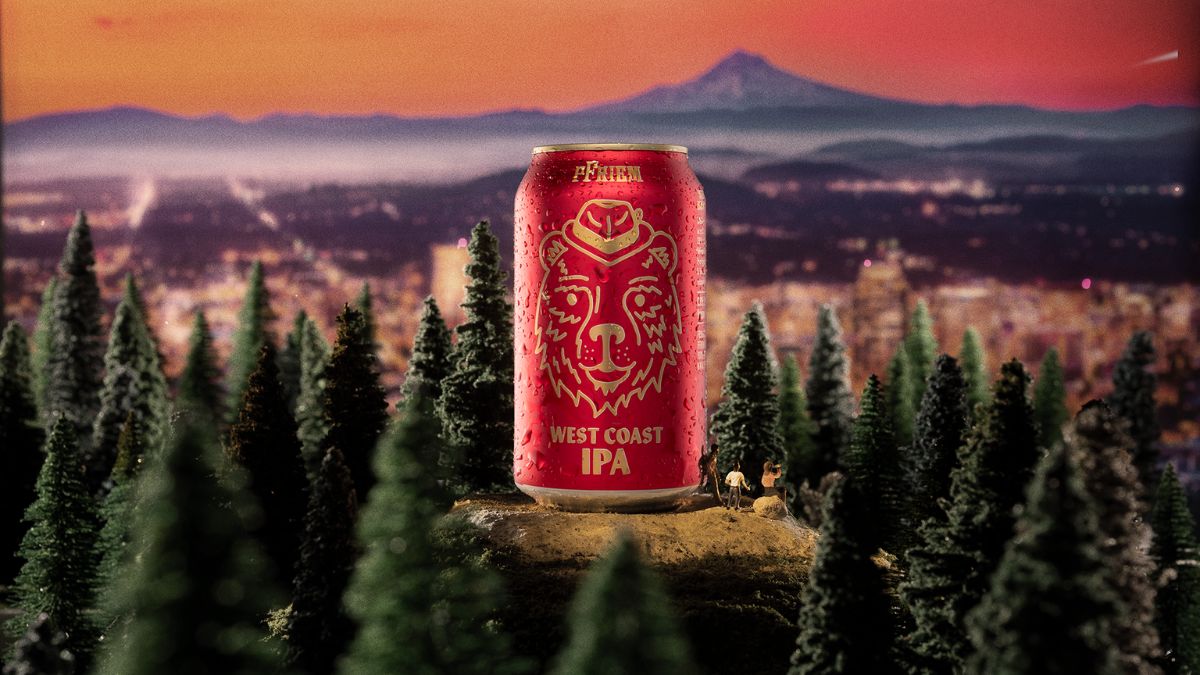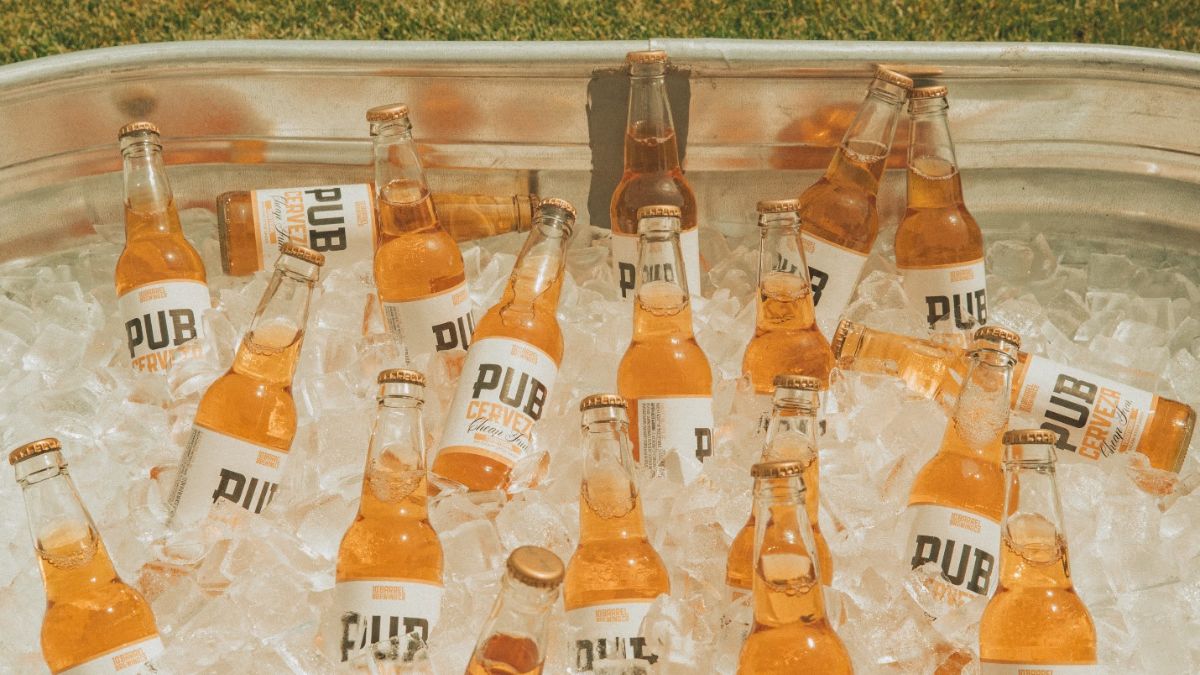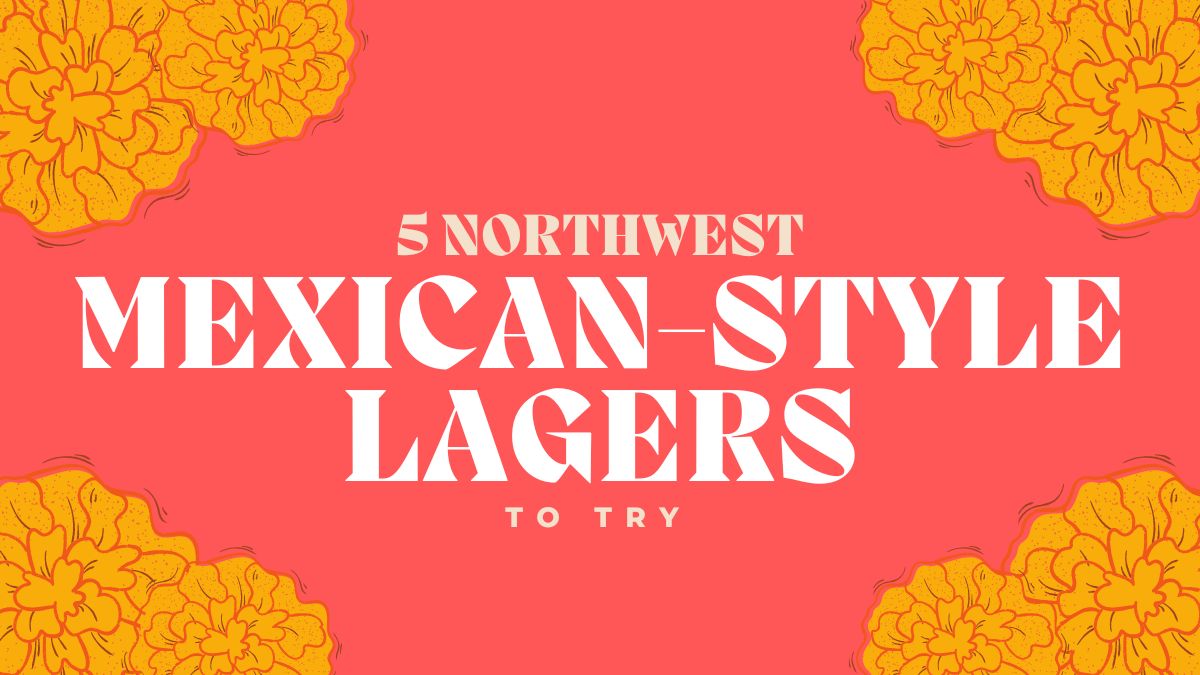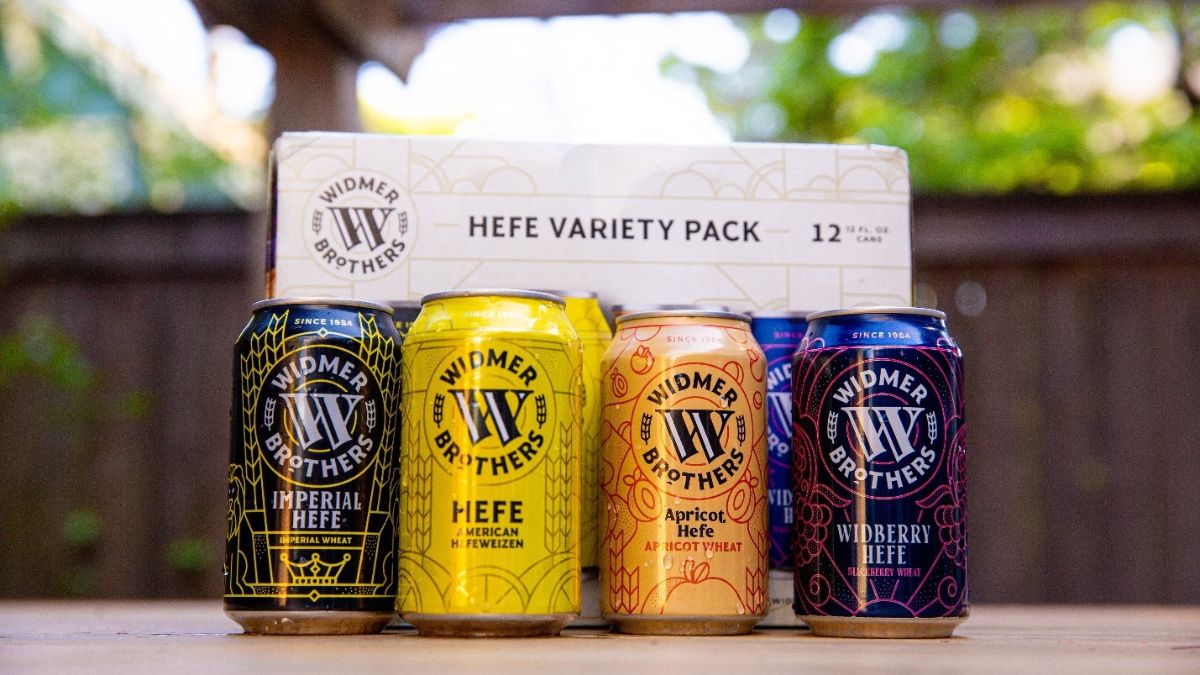The Brewers Association has designated a new beer category. Here’s what you’ll get when you order a West Coast IPA.
While the earliest origins of India Pale Ale (IPA) date back to the late 19th century, it was in the late 20th century that pioneers like California’s Sierra Nevada Brewing and Portland’s now-defunct BridgePort Brewing put the West Coast on the map when it comes to this ubiquitous beer style. Now, with industry trendsetters like Russian River Brewing in the Bay Area, Oregon’s pFriem Family Brewers and Seattle’s Cloudburst Brewing leading the way, IPAs have become even more synonymous with this part of the world.
By claiming a significant piece of ownership of the IPA throughout its history, it’s only fitting that current brewers across the region — from Washington to California — should continue to push the style forward and shape national trends for brewers and consumers alike.
After years of recognizing only American IPAs as a national umbrella style and more recently adding Juicy/Hazy IPAs as a standalone category in 2018, the Boulder, Colorado-based Brewers Association (BA) in May created a new category for West Coast IPAs, acknowledging the clear, assertively bittered and dry brew that is so beloved in the region that bears its name.
In an attempt to help readers navigate the diverse IPA landscape in the region, Sip Magazine sought to lean on area brewers who specialize in West Coast IPAs to help flesh out what constitutes this style and what distinguishes it from its Juicy/Hazy and American counterparts.
In basic terms, a West Coast IPA should, in accordance with BA style guidelines, be light in color, ranging from straw to gold and low to medium bodied. It should be clear, with the caveat that minimal levels of haze are acceptable (more on this later). The malt character and aroma should be minimal to nonexistent, especially if it has any roasted attributes or notes of caramel and malt. The relative absence thereof is a key piece in differentiating West Coast IPA from American and Juicy/Hazy IPAs.
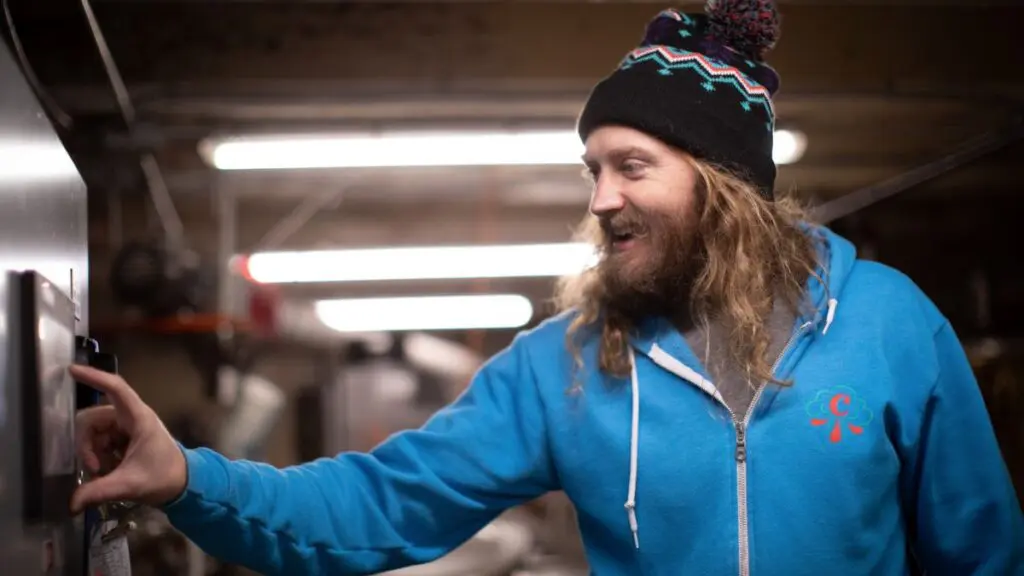
“We should be shying away from any malt character,” says Steve Luke, head brewer and founder of Seattle’s Cloudburst Brewing, who was part of a BA working group that developed the new style guidelines for West Coast IPA.
“Some fantastic examples of American IPAs that are not West Coast IPAs would be Top Cutter from Bale Breaker, Crikey from Reuben’s or Trickster from Black Raven, because they have just enough of that malt backbone,” Luke says.
Juicy/Hazy IPAs also have more malt notes than West Coast IPAs, but less than American IPAs, so if you’re a malt fan, consider leaning in the direction of an American IPA when you’re ordering your next beer.
The hop aroma and flavor, which should be abundant, can take on a wide variety of forms, ranging from floral to piney to fruity with an accompanying high level of perceived bitterness. It should be highly attenuated, which in a brewing context, means that more sugar has been converted to alcohol, producing a crisp, dry beer with a higher ABV, typically — but not limited to — within a range from 6.5% to 7.5%.
Naturally, all of these style guidelines are more suited to giving judges a rubric to use when judging beers in contest settings and individual brewers are of course at liberty to follow all or none of them as they please.
But beers labeled and marketed as West Coast IPAs should ideally have the aforementioned characteristics.
And with regards to beer judging, the fact that West Coast IPAs now have their own category, they can be judged separately from American IPAs and Juicy/Hazy IPAs at future competitions.
“Ultimately, the BA now has three more medals to award that can reward great beer,” Luke says. “There are brewers out there making exceptional versions of a West Coast IPA and instead of being judged against 700 others, it can now be judged against 250 or 300. It also allows three more breweries every year to make a fantastic, award-winning IPA that points drinkers to current relevant examples of the style.”

“I think it’s the BA recognizing that consumer palates are shifting, and brewers are answering the call to match that palate shift,” adds Brett Thomas, director of brewing operations at Sunriver Brewing Company in Sunriver, Oregon. “There were likely a handful of world class beers on the judges’ tables, but they were getting bounced because they were too pale or too bitter or didn’t have enough malt character.”
In contrast to the clear, dry and bitter West Coast IPA, the hazy, fruit-forward and sweeter Juicy/Hazy IPAs, which originated in New England and became a national beer sensation in the early 2010s — and peaking around 2017-18 — gives drinkers a stark alternative.
When the pendulum swung — in the mind of the consumer — too far to the side of bitter and dry IPAs, the Juicy/Hazy IPA, exemplified by Heady Topper from The Alchemist in Stowe, Vermont, swooped onto the scene to offer a beer with a fuller mouthfeel and dramatically less perceived bitterness, making them more accessible to casual beer drinkers who might have been hard pressed to gulp down more bitter American or West Coast IPAs.
Anything that allows more beer to be sold to more consumers is music to the ears of national commercial brewers, but it has also created some misconceptions about what is really producing the different flavor profile of Juicy/Hazy IPAs.
“What has always hurt Hazy IPA fans is that they’re referring to a style of beer just by its looks and not what it smells or tastes like,” says Luke, who famously created Cloudburst branded merchandise proclaiming, “Hazy Is Not A Flavor” to emphasize this point.
Any number of factors, either on their own or as a group, can contribute to IPAs having a hazy appearance. Among these are the types of yeast and hops being used, and alternative malted grains like wheat, oats or spelt can contribute to the beer’s appearance.
Both Luke and Thomas acknowledge a degree of “hazy fatigue” among their respective customer bases at Cloudburst and Sunriver, and sense the pendulum swinging again, away from the more filling, sweeter Juicy/Hazy IPAs.
“We’ve found that this phenomenon does exist, and usually applies to specific markets and specific demographics,” Thomas says. “We’re seeing a plateau in demand but not a fall off per se. Conversely, we’re seeing an increased demand for West Coast IPA.”

Josh Pfriem, co-founder and brewmaster of pFriem Family Brewers, released its first West Coast IPA on August 7. The new release joins the Hood River, Oregon, brewery’s PNW IPA and Hazy IPAs, said the choice to put out a West Coast IPA stemmed from consumer demand.
“West Coast IPAs have been around for over 20 years, but the new ones are much less bitter, more aromatic and brewed with a modern touch incorporating what we have learned over the last 20 years. In general, people are asking for these beers,” Pfriem says. “There’s a segment that wants the clear character of an IPA but craves the fruitiness of the Hazy IPAs.”

Ben Edmunds, the brewmaster at Breakside Brewery in Milwaukie, Oregon, served with Luke on the BA’s working group that helped craft the West Coast IPA style guidelines. He echoes Pfriem’s sentiment that brewers have learned from the hazy IPA craze and are putting those lessons into practice in brewing modern West Coast IPAs.
“Everything that we saw from hazy IPAs is allowing us to make better West Coast IPAs,” Edmunds says. “The legacy of hazy IPA for West Coast IPA is to put the nail in the coffin of overly bitter West Coast IPA. We’re bringing those IBUs down to more of an auxiliary bitterness and using fruitier hops to soften those beers a little bit. The bitterness itself becomes a bit more refined.”
The newer West Coast IPAs produced by brewers in our region might get IPA enthusiasts that much closer to a perfect combination of bitterness, dryness and drinkability while still holding onto the fruit-forward hop character of Juicy/Hazy IPAs.
“IPA remains so disproportionately popular in the Pacific Northwest that it’s funny to think of it as a trend,” Edmunds says. “It’s the defining craft beer of the region and I don’t see that changing anytime soon. Helles (lager) isn’t going anywhere in Munich. Others will surge in popularity, but IPAs are so intertwined with the ethos of the craft beer consumer that it will never vary too far because consumers love it.”

